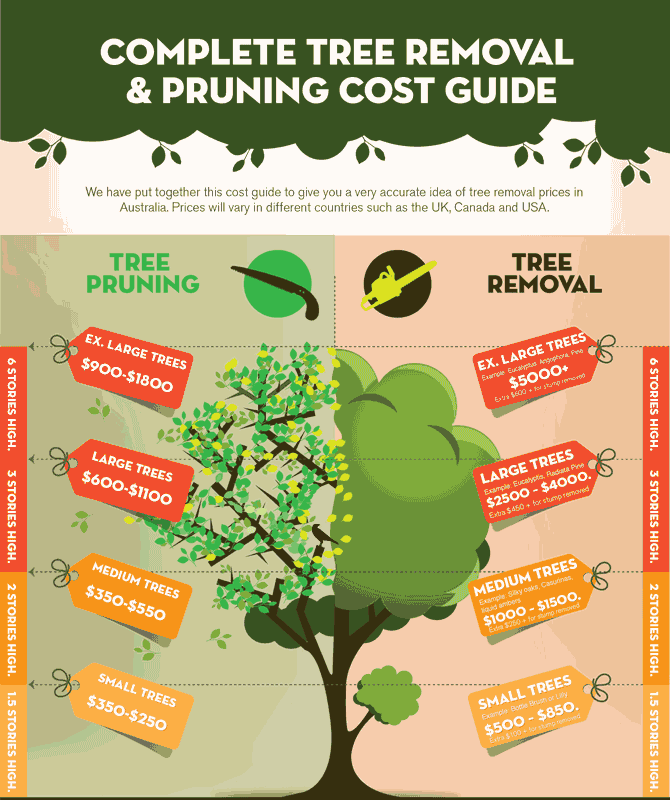Seasonal Tree Treatment: How To Manage Trees Before And After Elimination
Seasonal Tree Treatment: How To Manage Trees Before And After Elimination
Blog Article
Authored By-
When it concerns seasonal tree care, guaranteeing appropriate monitoring before and after elimination can dramatically affect the health and aesthetics of your landscape. By comprehending the needed actions associated with examining tree health and getting ready for removal, you can proactively secure your residential property. But what about the critical techniques to comply with once the tree is gone? Keep tuned to find the necessary post-removal care steps that will certainly help you grow a growing and lasting atmosphere for your trees.
Pre-Removal Tree Care
Before dealing with the removal of a tree, it's important to focus on pre-removal tree treatment. Start by examining the tree's wellness and structural honesty. Try to find indicators of illness, parasite problems, or any kind of architectural problems that might pose a security threat during elimination. It's vital to seek advice from a qualified arborist to determine the best strategy.
Pruning dead or infected branches can avoid additional damage to the tree and ensure a smoother elimination procedure.
Furthermore, take into consideration the ecological influence of eliminating the tree. Trees play a crucial role in our ecological community, so planting a new tree in an ideal place can aid offset any loss. Ensure that how much does an arborist make have the needed authorizations and authorizations for tree removal, specifically if the tree is shielded by local policies.
Seasonal Upkeep Tips
Assessing your tree's demands throughout the year is necessary for its health and longevity. To maintain your trees in top condition, follow these seasonal upkeep pointers.
In springtime, concentrate on pruning to remove dead or damaged branches and urge brand-new development.
Summer asks for normal watering, particularly during droughts, to guarantee your tree remains hydrated.
As autumn methods, watch out for very early indicators of condition or stress, and take into consideration applying compost to shield the roots during winter.
In winter, beware when getting rid of snow from branches to stop breakage, and remain to monitor your tree's overall health and wellness.
Remember to readjust your care routine based upon the specific requirements of your tree types and neighborhood climate. By remaining mindful and positive throughout the seasons, you can help your trees thrive and grow for several years to come.
Post-Removal Tree Care
To ensure the wellness of your landscape also after tree elimination, appropriate post-removal treatment is crucial. After a tree is removed, it's vital to fill the remaining hole with topsoil and small it to stop settling. linked website will help keep the honesty of the ground and protect against prospective hazards in the future.
Take into consideration planting new vegetation in place of the removed tree to bring back the balance and aesthetic appeals of your landscape. Consistently water the location to promote the development of new plants and prevent dirt disintegration.
Evaluate the surrounding trees for any type of signs of illness or tension that might have been triggered by the removed tree. Keep an eye out for pests that might've been drawn in to the previous tree and take safety nets to shield the continuing to be plants.
If needed, seek advice from a specialist arborist to analyze the effect of the elimination on the surrounding trees and establish any type of added treatment required. By following these post-removal treatment actions, you can make sure the continued wellness and appeal of your landscape.
Verdict
In conclusion, positive seasonal tree care is important for maintaining the health and equilibrium of your landscape. By assessing tree wellness, pruning, and speaking with an arborist prior to elimination, you can ensure a safe process. After removal, filling the hole, planting brand-new plant life, and regular watering will promote new development and prevent disintegration. Remember to check bordering trees for disease and seek additional treatment measures from an arborist to maintain your landscape thriving.
